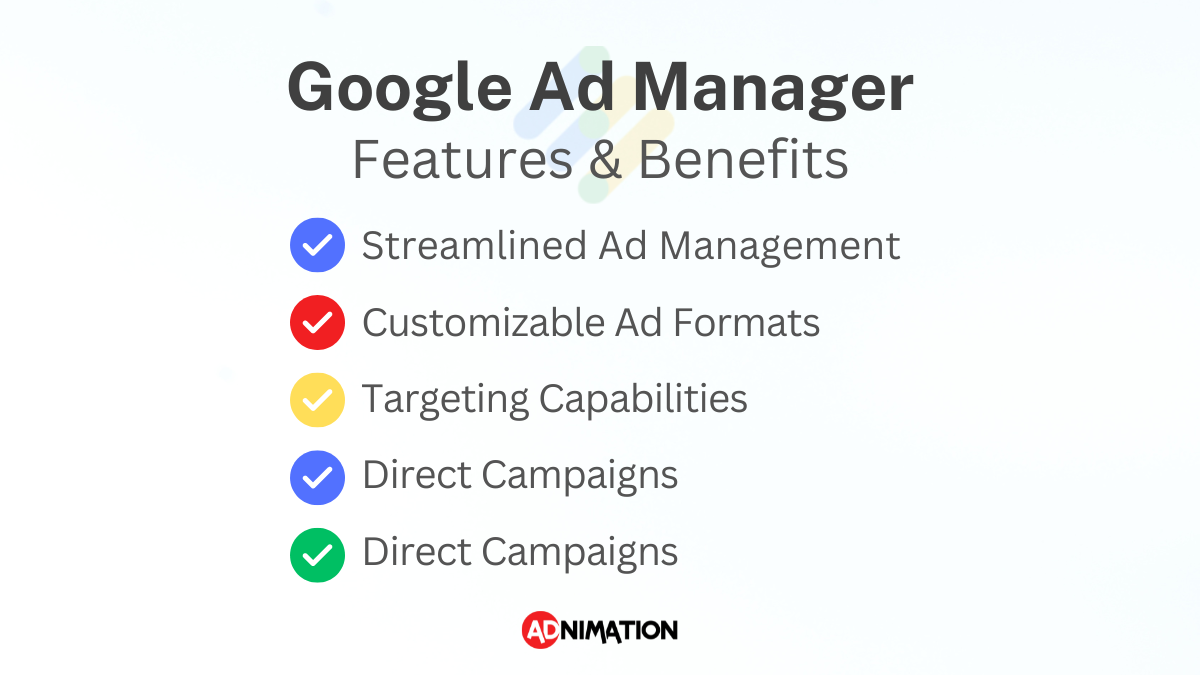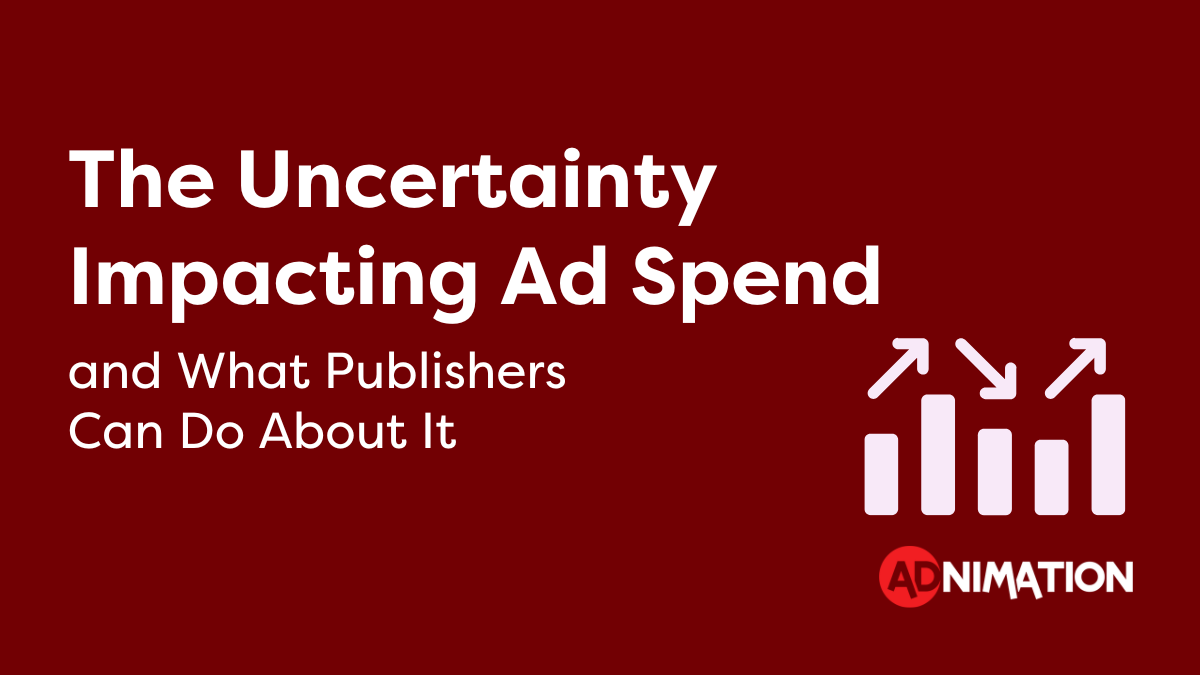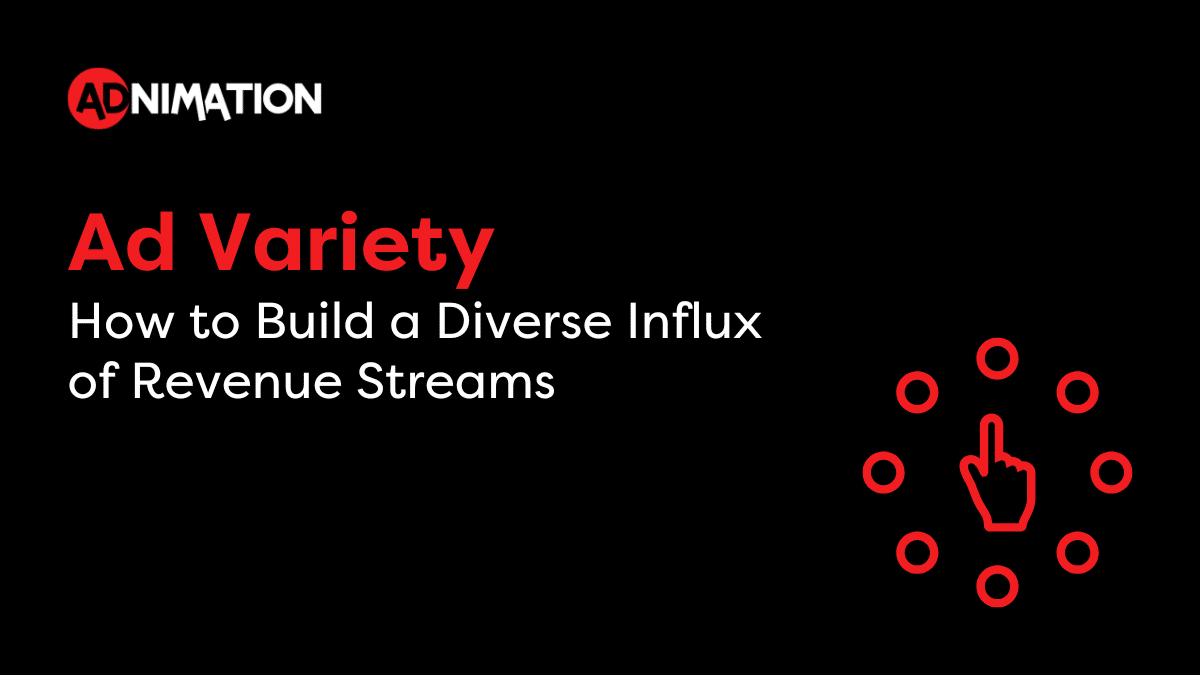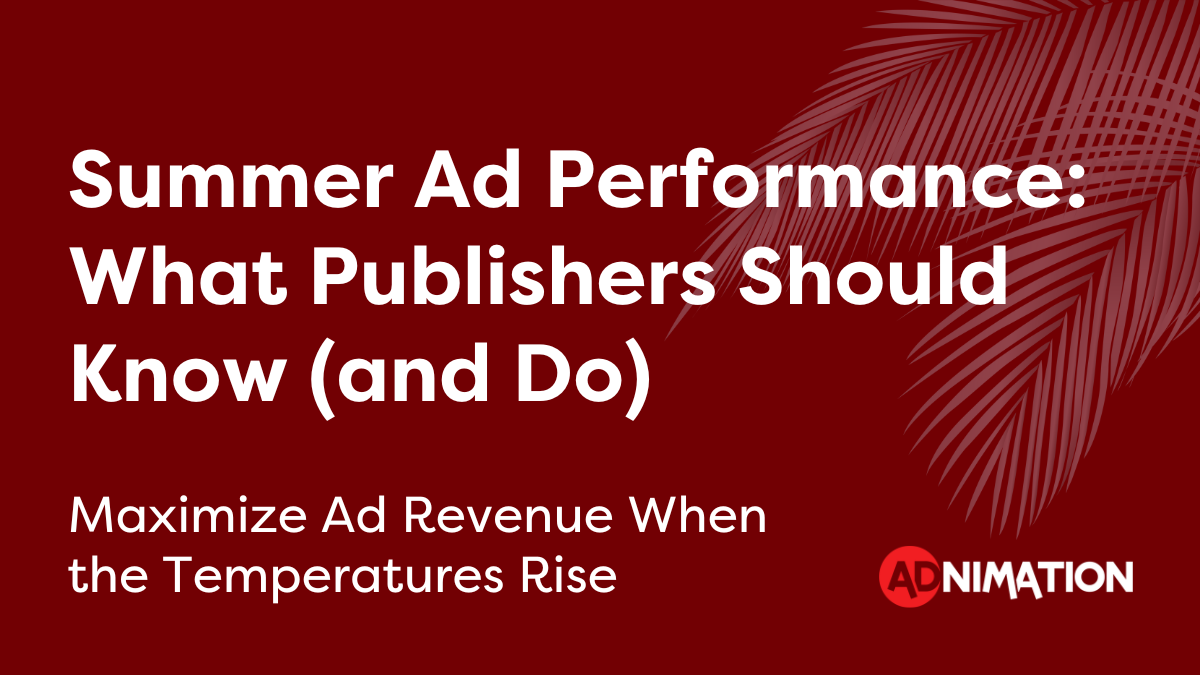Google Ad Manager (GAM) is the world’s most popular ad management platform, and for good reason.
GAM is a powerful tool that helps you optimize your ad management and generate more revenue.
That is why, as a publisher, it’s important to understand what GAM is, how it can help you, and how to use it.
What is Google Ad Manager?
Google Ad Manager is a powerful ad server and ad management platform. It provides publishers with a central place to monetize their websites and manage their ad inventory.
GAM was created by Google in 2018 as a merger of two of its ad management platforms, DoubleClick for Publishers (DFP) and DoubleClick Ad Exchange (AdX).
Over the years, it has evolved to include a range of features and tools to help publishers effectively manage and monetize their ad inventories for websites, CTV/OTT apps, and mobile apps.
With GAM, you can create the actual ad code to place on your site, providing you with a plethora of advanced ad management capabilities.
Features and Benefits
Google Ad Manager provides you with a range of features and benefits, including:
Streamlined Ad Management
GAM allows you to manage all your ads from a single platform. This means you can easily create, manage, and optimize your ads without switching between multiple platforms.
Customizable Ad Formats
GAM offers a wide range of ad formats that can be customized to fit your website’s design and layout. This means you can create ads that blend seamlessly with your content, improving user experience and engagement.
Targeting Capabilities
GAM allows you to target your ads to specific audiences based on criteria such as location, device type, and user behavior.
Direct Campaigns
The custom codes enable you to create ad units that enable you to serve both programmatic ads and direct ads, without having to hardcode direct ads on your site.
Comprehensive Reporting
With Google Ad Manager, you get access to detailed reports that provide insights into your ad performance. You can use these reports to identify areas where you can improve your ad strategy and maximize revenue.
Who Can Use Google Ad Manager?
The simple answer is, everyone.
All publishers, whether they are small sites using Google AdSense, or larger sites utilizing Google AdX and other premium exchanges, can use Google Ad Manager.
There are, however, two different versions of GAM: the free version, and the paid version (Ad Manager 360).
Ad Manager for Small Publishers (Free)
The free version of GAM offers publishers a wide range of features, including ad serving, ad targeting, forecasting, and reporting.
There is no minimum ad impressions limit, but there is a maximum.
With the free version of GAM, there is a strict limit on monthly ad impressions, which varies based on region:
US, Canada, Australia, and New Zealand: Up to 90 million monthly impressions to non-video ad units.
Europe, Asia, Africa and South America (see the full list here): Up to 200 million monthly impressions to non-video ad units.
Rest of world: Up to 150 million monthly impressions to non-video ad units.
For video units, publishers can serve up to 800,000 monthly impressions, regardless of country.
Ad Manager 360 (Paid)
Ad Manager 360 is a more advanced version of the platform that is designed for larger publishers with more complex needs.
It offers all the features of Google Ad Manager, as well as additional capabilities such as audience segmentation, advanced reporting, and programmatic guaranteed deals.
Ad Manager 360 also offers unlimited ad impressions and more advanced support options and a dedicated account team.
Differences between Ad Manager and Ad Manager 360:
Here are some of the key differences between the two platforms:
- Cost: Google Ad Manager is free to use, while Ad Manager 360 requires a paid subscription.
- Features: While both platforms offer a wide range of features, Ad Manager 360 includes more advanced capabilities such as open bidding.
- Impressions: Unlike Ad Manager that has a limited number of monthly impressions, Ad Manager 360 is unlimited.
- Ad Formats: Ad Manager 360 offers a much wider array of ad formats than Ad Manager for small publishers.
- Support: Ad Manager 360 offers more advanced support options and a dedicated account team, while Google Ad Manager provides community support and resources.
- Scale: Ad Manager 360 is designed for larger publishers with more complex needs, while Google Ad Manager is a great option for small to medium-sized publishers.
Can Everyone Get Ad Manager 360?
Unfortunately not.
If you don’t serve the minimum number of monthly ad impressions, the only way to access Ad Manager 360 is through a Google Certified Publishing Partner (GCPP) or a Google Multiple Customer Management Partner (MCM), a lower tier Google partner.
GCPP companies like Adnimation can connect you to Ad Manager 360 and help fully manage and maximize your ad revenue.
How to Use Google Ad Manager with AdX
First, it’s important to note that Ad Manager and AdX aren’t the same thing.
AdX is real-time programmatic marketplace that enables publishers to find buyer for their ad inventory. Ad Manager is the platform through which you can manage your ads.
You can have Ad Manager without AdX, but you can’t have AdX without Ad Manager.
By using Ad Manager with AdX, you can create line items and set up rules to manage your AdX inventory, including targeting options, frequency capping, and more.
This will enable you to access a wide range of premium demand sources and auction off your ad inventory in real time to the highest bidder.
However, only premium publishers with millions of monthly pageviews can access AdX. If you don’t fall under that category, you can still access AdX through a GCPP like Adnimation.
How to Use Google Ad Manager with AdSense
Using AdSense with Google Ad Manager can be a powerful tool for publishers.
By combining AdSense with other ad sources and managing everything in a single platform, you can increase your revenue potential and optimize your ad strategy.
To use AdSense with Google Ad Manager, all you need to do is add your AdSense account to your Google Ad Manager account, and then create AdSense orders in Google Ad Manager.
This allows you to manage both your AdSense and non-AdSense inventory in a single platform, providing a more streamlined and efficient workflow.
Is it Really Worth All the Hassle?
Yes!
While it might be easier to monetize your website through just AdSense, that severely limits your revenue potential.
Learning the ins and outs of Google Ad Manager is complicated, and that’s why Google certified a select number of companies to help you.
With a Google Licensed Publishing Partner like Adnimation, you can maximize your revenue without the ad tech hassle. This not only gives you more revenue, but allows you to focus on what you do best – create content.
To learn more, please feel free to get in touch with us for a free consultation.





